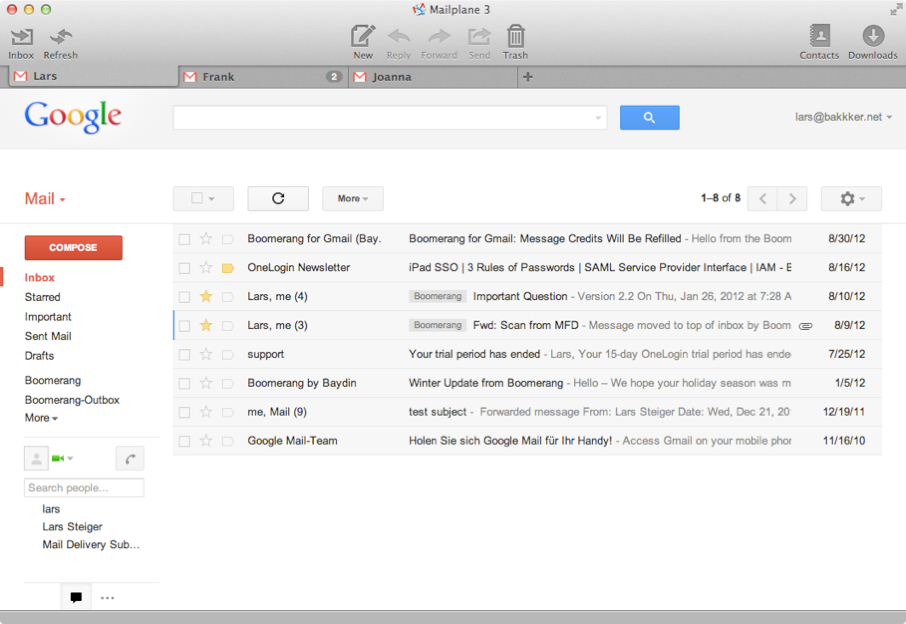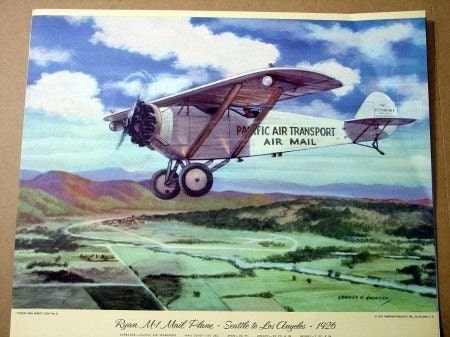

A tricycle undercarriage - now in the traditional sense -was fitted. The fuselage was given a finely contoured shape from nose to tail. The frontal mainplane was now fitted low against the sides of the cockpit. The aircraft would serve as a single-seat demonstrator and be powered by a pair of de Havilland Gipsy Major IC air-cooled inline engines of 130 horsepower each - these showcased as outboard nacelles hung under each rear wing mainplane. The work was furthered into a new design which was of 5/8th scale and designated as M.39B. Despite this, the design proved to shed some light on the unorthodox arrangement which would help with future work in the field. In testing the engine proved temperamental and longitudinal control was off. A pseudo-tricycle undercarriage was fitted though a forth leg was situated at the extreme rear to protect the aft sections of the aircraft. The engine was buried in the rear portion of the fuselage and arranged in a "pusher" configuration.

Vertical fins were affixed to the rear mainplane's tips.

The frontal wing mainplane was shoulder-mounted and of a straight design whilst the rear mainplane was low-mounted and featured sweepback. The cockpit was held at the extreme forward of the fuselage and offered excellent vision. Overall length was 20.3 feet and maximum weight reached 2,000 pounds. This aircraft was powered by a single de Havilland Gipsy Major air-cooled inline engine of 130 horsepower and featured a wingspan of 20 feet at the frontal mainplane and 20.5 feet at the rear mainplane. The tandem-wing approach allowed for a greater CoG range between the two wing mainplanes in play and could, theoretically, produce some inherent benefits - a shortened fuselage and more contained wingspan for onboard carrier storage (as well as reduced weight), less complex wings as wing-folding mechanisms would not have to be used, and improved control from the "doubling up" of control surfaces along the wing pairing.Ĭovering the short span of six weeks, Miles engineers returned with the M.35. It was developed along the lines of a private venture by Miles and its tandem-wing arrangement was used to reassess the Center of Gravity (CoG) seen in traditionally-arranged military aircraft (mainplane at front with tailplanes at rear). The original work on the subject was through the M.35 offering which was more or less a technology demonstrator for a single-seat naval fighter.
International mailplane serial#
However, none of the concepts were realized through serial production contracts though M.39B was built and flown as a prototype.Ĭollectively, the designs making up this Miles endeavor were named "Libellula", the taxonomic family name of the dragonfly (no doubt in reference to the Miles' aircraft use of twin wing mainplanes).
International mailplane series#
A new approach was undertaken which intended to reduce the risks involved and this became a "tandem-wing" arrangement that ultimately covered a series of concepts for Miles during the war. The initial concept was to reduce the complexity of landing aircraft on carrier decks where vision was largely obscured by the forward-mounted engine and large wing mainplanes. Shown at left is a Boeing 40-C mail plane operated by Universal Air Lines.The M.39 "Libellula" was conceived of by the Miles Aircraft concern during the early 1940s as World War 2 (1939-1945) raged on. In 1925, Congress gave a much-needed boost to America's struggling airlines by authorizing them to carry the mail on a contractual basis. They undertook the establishment of lighted airways and pioneered the techniques of airway flying.īesides its importance in developing the technical side of air transportation, air mail offered a material incentive.
International mailplane full#
(Photo: Smithsonian Institution, National Air and Space Museum, copy of Signal Corps print)Īfter initial help from the Army, the postal authorities took full responsibility for air mail operations and began to expand the system. Another mail plane headed south from New York to begin the first air mail route. On May 15, 1918, the Post Office inaugurated the Nation's first continuous scheduled air mail service between cities (Washington, Philadelphia, and New York).Ī Curtiss JN4-H prepares to carry mail on a northward flight from Washington's Polo Field. The postal system played a key role in the early history of U.S.

General Aviation & Recreational Aircraft.Vintage & Experimental Aircraft Program.Aviation Safety Draft Documents Open for Comment.


 0 kommentar(er)
0 kommentar(er)
